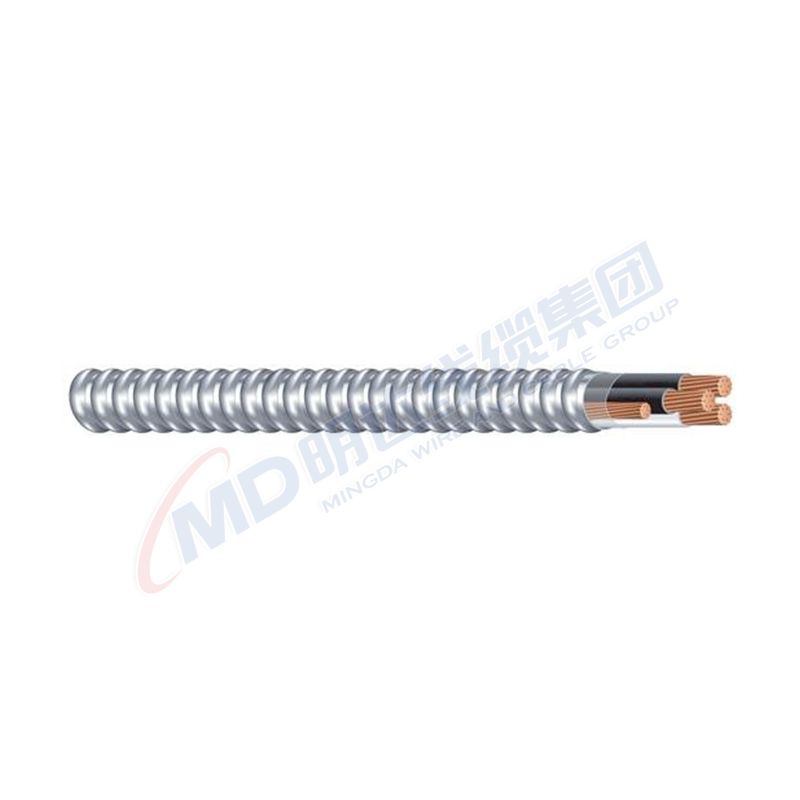Nov . 10, 2024 08:08 Back to list
2 Inch Ball Valve Specifications and Applications for Fluid Control Systems
Understanding 2-Inch Ball Valves An Essential Component in Fluid Control Systems
In the realm of fluid control systems, valves play a critical role in regulating the flow of liquids and gases. Among the various types of valves, the ball valve is renowned for its reliability, durability, and ease of use. This article will focus specifically on 2-inch ball valves, discussing their construction, working mechanism, advantages, applications, and maintenance tips.
What is a Ball Valve?
A ball valve is a type of valve that uses a spherical disc—the “ball”—to control the flow of fluid. The ball has a hole or port through the center, and when the valve is open, the port aligns with the flow of liquid. Conversely, when the ball is rotated 90 degrees, the port is perpendicular to the flow, effectively blocking it. This simple yet effective design allows for quick operation and reliable sealing.
Construction of a 2-Inch Ball Valve
A 2-inch ball valve is designed to fit into pipelines that have a diameter of two inches. The construction of these valves typically includes
1. Body Made from various materials such as brass, stainless steel, or PVC, the body houses all the valve components and connects it to the pipeline. 2. Ball The ball can also be constructed from different materials depending on the application. Common materials include brass, stainless steel, and plastic.
3. Seal The seal or seat is crucial for preventing leaks when the valve is closed. Common materials include Teflon and rubber.
4. Handle The handle mechanism allows for easy opening and closing of the valve.
5. Stem The stem connects the handle to the ball and transmits the rotational movement from the handle to the ball.
Working Mechanism
Operating a 2-inch ball valve is straightforward. By turning the handle 90 degrees, the user can quickly switch between open and closed positions. Because of the ball’s design, even a small turn can result in a swift and complete stop to the flow. This quick operation makes ball valves ideal for emergency situations where rapid shut-off is crucial.
Advantages of 2-Inch Ball Valves
1. Quick Operation The 90-degree turn from open to closed is both quick and easy, making these valves suitable for applications where speed is necessary.
2. Reliable Performance Ball valves are designed for durability and can handle high pressure and temperature, making them versatile in various environments.
3. Minimal Leakage The sealing mechanism of ball valves provides excellent sealing capabilities, greatly reducing the risk of leaks.
ball valve 2 inch

5. Versatility 2-inch ball valves can be used in a wide range of applications, including water supply, gas distribution, wastewater management, and industrial processes.
Applications of 2-Inch Ball Valves
The versatility of 2-inch ball valves allows them to be used in numerous applications across various industries, including
- Water Supply Systems Used in municipal water distribution and irrigation systems to control water flow.
- Chemical Processing They are employed in the handling of various chemicals, ensuring secure and reliable flow control.
- Oil and Gas Industry Their reliability under high pressure and temperature makes them ideal for controlling the flow of crude oil and natural gas.
- HVAC Systems In heating, ventilation, and air conditioning systems, 2-inch ball valves are often used for regulating the flow of steam and condensate.
Maintenance Tips
To ensure optimal performance and longevity of 2-inch ball valves, regular maintenance is essential
1. Inspection Regularly inspect valves for signs of wear, leakage, or corrosion.
2. Operation Check Exercise the valve periodically to ensure it opens and closes smoothly without sticking.
3. Seal Replacement If leaks occur, check the seals and replace them as necessary.
4. Cleanliness Keep the valve area clean and free of debris to prevent operational issues.
Conclusion
2-inch ball valves are integral components in a plethora of fluid control systems. Their reliability, straightforward operation, and minimal maintenance requirement make them a preferred choice for many applications. Understanding their construction, working mechanisms, advantages, and maintenance will empower users to make informed decisions and optimize their use in various industrial settings. Ultimately, investing in high-quality ball valves can lead to enhanced efficiency and safety in fluid management processes.
Share